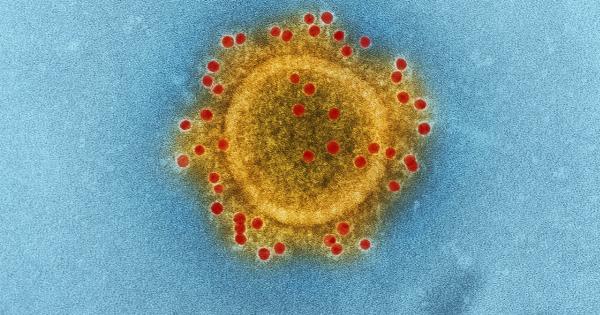In the field of sexual research, understanding the processes and mechanisms underlying female sexual arousal has been a topic of great interest.
Microscopic analysis plays a crucial role in observing and studying the physiological changes that occur in the female genitals during arousal. This article aims to explore the microscopic analysis of female genital arousal and provide insights into the findings of such studies.
The Importance of Microscopic Analysis
Microscopic analysis allows researchers to examine the fine details of the female genital tissue and observe the changes that occur during sexual arousal.
By studying these changes, researchers can gain a deeper understanding of the physiological processes involved in female sexual response. This knowledge can have significant implications for both scientific research and clinical applications.
Physiological Changes During Female Genital Arousal
During sexual arousal, the female genital tissues undergo several physiological changes. These changes are observed at a microscopic level and involve both vascular and non-vascular components.
Vascular Changes
One of the key vascular changes observed during female genital arousal is increased blood flow to the genital area. This increased blood flow is responsible for the engorgement and swelling of the clitoris, inner and outer labia, and vaginal walls.
Microscopic analysis allows researchers to observe the expansion of blood vessels and the congestion of blood in the genital tissues.
Non-Vascular Changes
In addition to vascular changes, non-vascular changes also occur during female genital arousal. These changes include increased vaginal lubrication, which is essential for comfortable sexual intercourse.
Microscopic analysis allows researchers to study the cellular changes in the vaginal epithelium, such as an increase in the number of epithelial cells and the secretion of lubricating fluids.
Understanding Female Sexual Response
Microscopic analysis of female genital arousal provides valuable insights into the physiological processes involved in female sexual response.
By studying these changes, researchers can better understand factors that influence sexual function and dysfunction in women.
Impact on Scientific Research
The findings obtained through microscopic analysis contribute to the existing knowledge base on female sexual response.
This knowledge facilitates the development of evidence-based interventions and treatments for sexual disorders and dysfunctions that affect women.
Clinical Applications
Microscopic analysis of female genital arousal has practical applications in clinical settings. For example, healthcare professionals can utilize this knowledge to better diagnose and treat sexual disorders, such as female sexual arousal disorder.
By understanding the microscopic changes associated with arousal, healthcare providers can tailor treatment plans to address specific physiological issues.
Future Directions and Advancements
Advancements in microscopic analysis techniques, such as high-resolution imaging and advanced microscopy, offer exciting possibilities for further understanding female genital arousal.
These advancements can provide even more detailed insights into the microscopic changes that occur during arousal, helping to refine our understanding of the female sexual response and potentially improving treatment outcomes.
Conclusion
Microscopic analysis of female genital arousal is a valuable tool in gaining insights into the physiological changes associated with female sexual response.
By studying the microscopic details of these changes, researchers can deepen our understanding of female sexual arousal and potentially improve the diagnosis and treatment of sexual disorders. Continued advancements in microscopic analysis techniques will undoubtedly lead to further discoveries and advancements in this field.





























